Let’s go straight to the point. AI or Artificial Intelligence is here to imitate then surpasses the living intelligence. Living Intelligence is that intelligence of living beings. Living Intelligence has two (2) main features that vary among the different living species and even within the same one. The living intelligence has an intellectual process and stores in its memory the events it encounters, the knowledge it rehearses and the skills it gains. We shall work some examples today about the intellectual process. Then later on we shall in coming articles we shall relate this to the different types of memories.
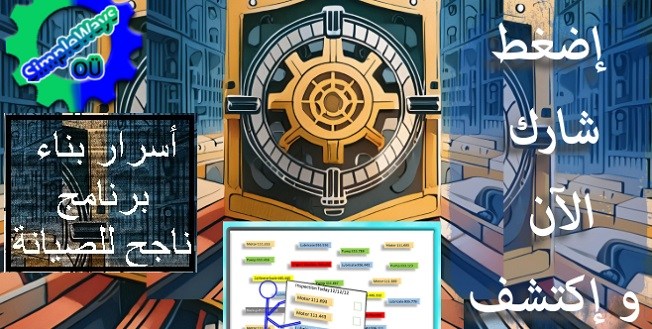
CUSTOMPRICE-TO2JAN26
What does AI need to do to be Intelligent?
For AI to compete with living intelligence it needs basically to master the intellectual process and to master the search in its memory or other data resources it can reach. Additionally, It needs to master the direct and indirect links between the intellectual process and the different memory styles. Memory comes in long term, unconscious and working or short term memory. Some AI applications have only the intellectual process. Other applications have the memory and the intelligence to recall relevant parts of the memory. While optimally an intelligent being or machine need to master all elements of intelligence
Moreover, there is a crucial process in the living intelligence which is the ability to learn. The ability to learn is the process of adding new stuff to the memory so we can recall and use them later on. This area of AI we call machine learning. One of its siblings or offspring is the deep learning which we shall approach in next chats.
All of these efforts try to develop a machine which is controlled by a computer that runs a software and some algorithms that can act in one of four (4) categories or a mix of them:
- Thinking humanly
- Acting Humanly
- Thinking Rationally
- Acting Rationally
Both, humans and machines, need to act and think the right things i.e. rationally. The right things simply takes you towards a defined goal under the given environmental conditions.

CUSTOMPRICE-TO2JAN26

CUSTOMPRICE-TO2JAN26
Is any AI based system more intelligent than any human?
Achieving perfect rationality—always doing the right thing—is not feasible in complicated environments. The computer presents its behavior through an Agent. The Agent is the thing that takes an active role or produces a specified effect in which it represents what it is an agent for; The computer Algorithm in this case. The rational agent is one that acts so as to achieve the best outcome or, when there is uncertainty, the best expected outcome.
To answer the question of who is doing better; Humans or Computers we can find a good answer in an article at Mathematical problems in Engineering Journal. The article title was “The Understanding of Deep Learning”. It confirms that there are some areas where humans can perform better and at less cost of infrastructure relative to machines. The authors say: “There are various tasks like multiplying big numbers or search operations, which are difficult for human beings to perform. But they are easy to perform on computers. And there are certain tasks like driving or language conversations that are
tough for the machines. We use Machine learning to make the computers perform the tasks which the human beings can better do.”
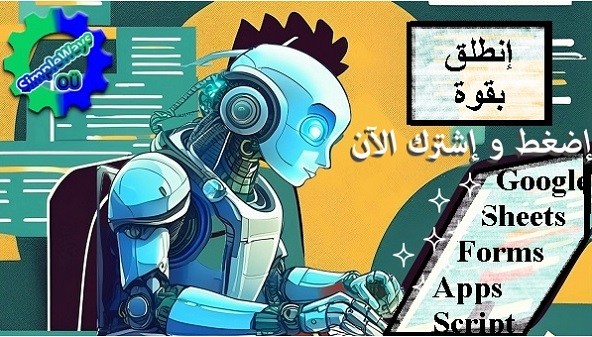
CUSTOMPRICE-TO2JAN26
Simplified Artificial Intelligence AI Intellectual process
An AI with only an intellectual process is simply an algorithm that builds its experience during operation. it builds its experience based on set of equations, conditions and targets set in its algorithm. Some Algorithms can store this experience and use it in next cycles. Other Algorithms starts with a fresh memory every time. They don’t store what happened before. However they are intelligent because they seek to fulfill or get closer to a target. In other words, they compare the available decisions to find out which decision will get them closer to target. Let’s take some examples to clarify it.
Industrial Example
In Cryogenic Air Separation Plants there are big air and gases compressors whose power are usually in the order of few Mega Watt or more. Those compressors need gradual loading to ensure that their safety. Automated loading valves ensure safety of the equipment against any human mistakes. Anyhow, field sensors also sometimes fail and cause problems. But those expensive systems usually relies on cascaded protections from different sensors some of them are not directly related to this specific equipment for more security.
Anyhow, after few years of operation, the local PLC which is part of the loading valve controller failed and need change. After installing the new one. The performance of the loading valve wasn’t as the few cycles before the replacement. This was sensed by the operators and appeared on the trends. However, it was still safe. But it was loading the compressor more slowly than what the operators used to. After careful review of the algorithm, we found that the PLC has a secondary algorithm which stores the PID parameters that works well and safe. The PID parameters loaded were the original one or at least the ones from the last backup. After few days and cycles, it was normally working as before the trouble.
That’s an Intelligent Algorithm that goes a step forward after each successful cycle to reach a goal of minimum time for loading the compressor.

CUSTOMPRICE-TO2JAN26
Game Example: The Maze
Sometimes we try to program an AI player for a game just to see if it can do what human intelligence can do or better. The AI Player is often called the Agent that plays on behalf of the computer algorithm to reach the goal of the game.
So let’s think of a maze game where you try to follow the correct route that takes you out. The agent while moving in the maze senses the environment it is in at each step. Its goal is to get out of the maze. However, its environment are only the up, down, right and left blocks. If only one of them is open then it has only one choice to take. Now suppose that the agent reaches a position where there are 2 directions to go up and right. How it will chose?

CUSTOMPRICE-TO2JAN26

CUSTOMPRICE-TO2JAN26
Humans usually can see the complete maze but it is designed to create an optical illusion so you got confused where to go. The Agent can make a random choice. Then if it reaches a blocked route it will return back till the position where it made a choice and select a different one. Better off, it can in each step sense the x-y difference to the goal and selects the next step that makes a smaller x-y distance to the exit. So it maximizes the value; Less steps tot he goal. This can fool the agent if this selected route takes it far from the goal after few steps. But then it can choose again to return back so the lost unnecessary moves are minimum. That’s the best expected outcome.
Let’s continue with more game examples and stories that will bring AI closer to our minds. By the way is Google an AI or a search engine?
In Conclusion,
We tried to bring the AI or Artificial Intelligence closer to our minds. If you can understand the intensions and thinking methodology of any human, you will be better in dealing with him/her. This applies also for AI. If you managed to understand the intentions of the AI -Artificial Intelligence and how its rational model works. You will accept it, use it for your own good and, even improve it to be a real ally or a perfect helping hand.
Let’s continue with more game examples and stories that will bring AI closer to our minds. By the way is Google an AI or a search engine? One time in the coming chats we can discuss about this interesting topic.

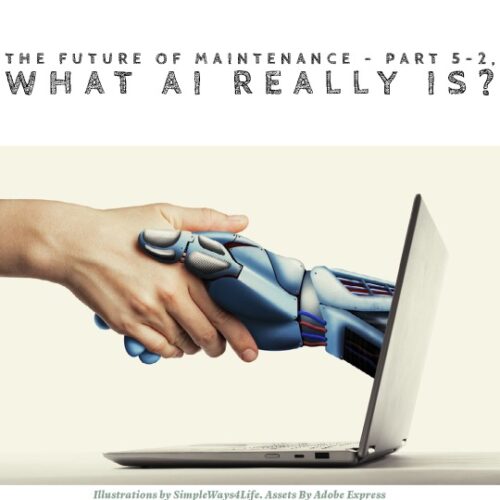

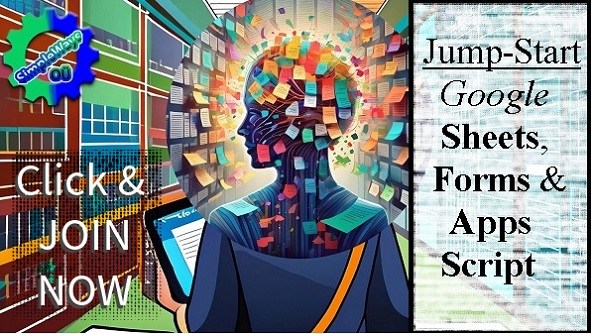
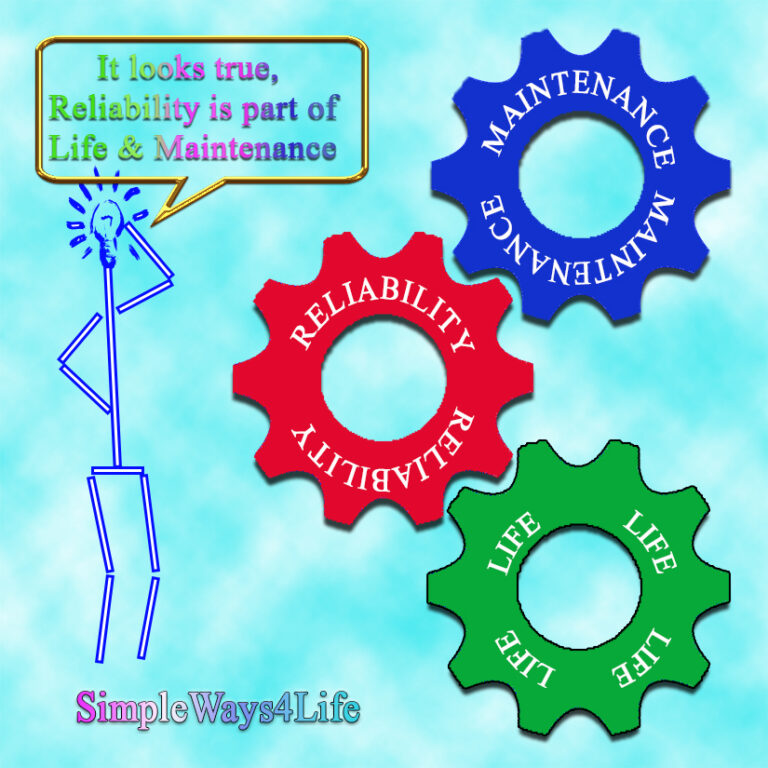
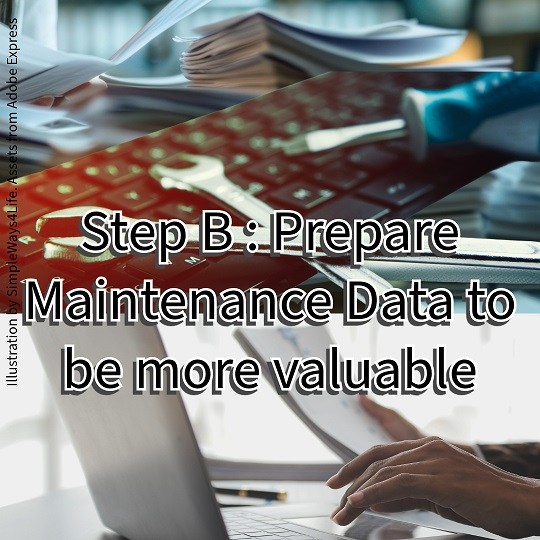

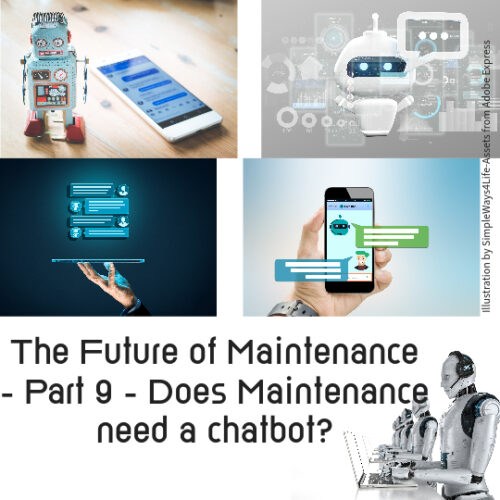

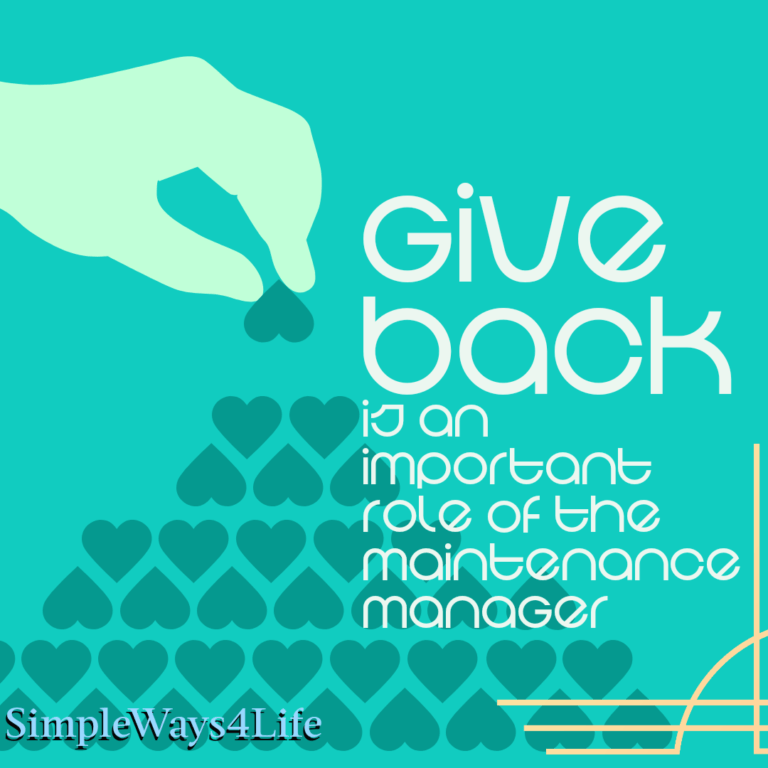
3 Comments